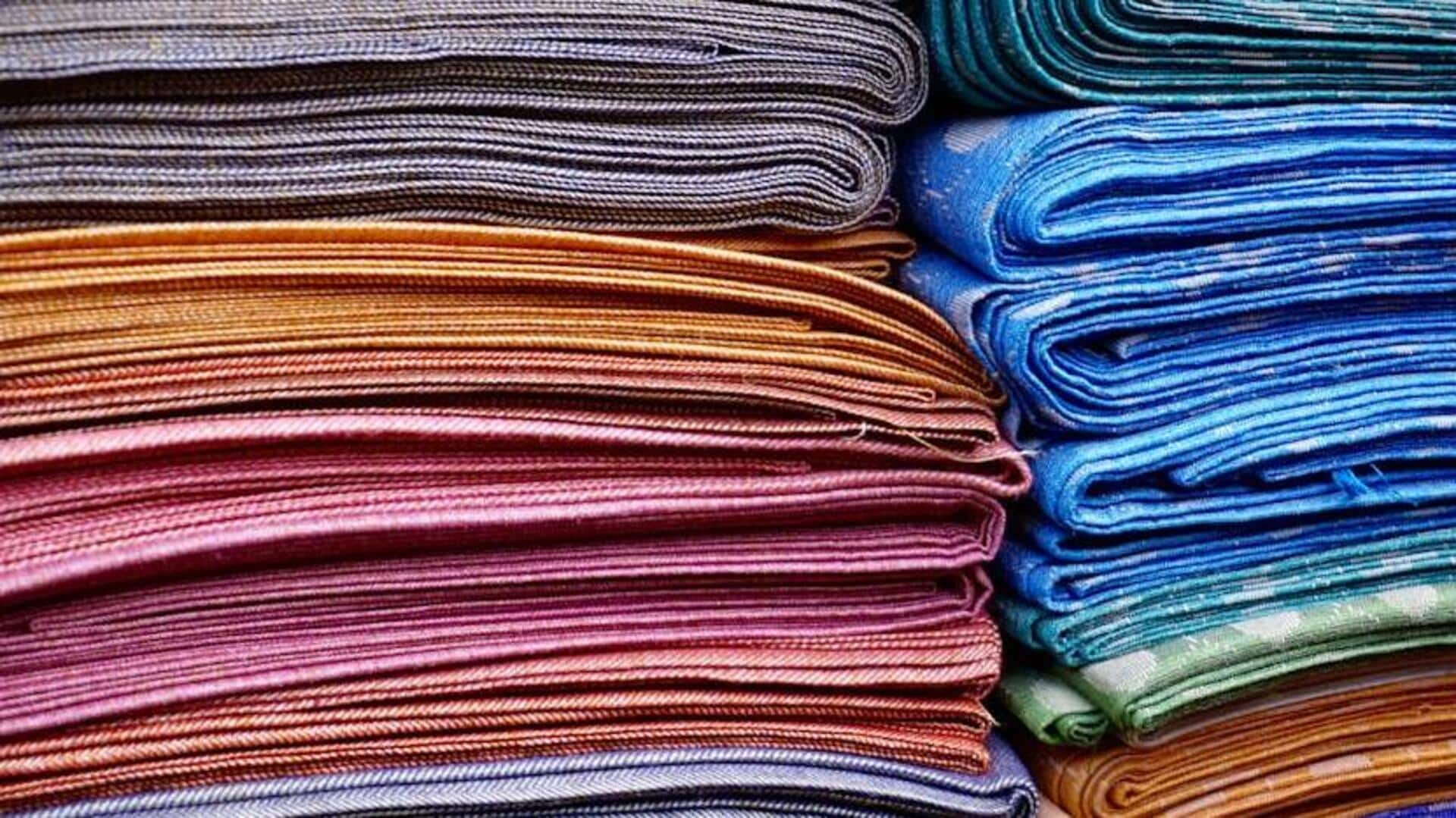
Reviving forgotten fabrics: Indigenous textiles spotlight
What's the story
In a world rapidly embracing fast fashion, the rich tapestry of indigenous textiles often remains overshadowed. These fabrics, woven with centuries-old techniques and deeply rooted in the cultural heritage of their communities, tell stories far beyond their patterns. This article shines a light on these forgotten fabrics, exploring their significance, challenges in preservation, and how we can contribute to their revival.
Background
The fabric of culture
Indigenous textiles are more than just materials for clothing; they are a canvas that narrates the history, beliefs, and social structures of a community. From the intricate ikat patterns of Southeast Asia to the vibrant wools of Andean weavers, each fabric carries unique symbols and meanings passed down through generations. However, globalization and industrialization have posed significant threats to these traditional practices.
Key Concept
Weaving modernity with tradition
The revival of indigenous textiles relies on balancing tradition with modernity. Artisans creatively merge ancient techniques and contemporary designs to attract global markets, preserving their cultural heritage. This strategy supports their livelihoods and ensures the survival of traditional crafts in today's world. It is a crucial approach for maintaining the essence of their culture while adapting to modern preferences.
Practical advice 1
Supporting sustainable fashion
To support the revival of indigenous textiles, opt for sustainable fashion initiatives that partner with local artisans. Seek brands committed to fair trade, investing in communities through fair wages and skill development. By choosing these products, consumers significantly contribute to preserving these traditions, ensuring their survival in today's market. This action is vital for keeping traditional crafts alive.
Practical advice 2
Cultural exchange through fashion
Embracing cross-cultural fashion aids in reviving forgotten fabrics. By wearing garments made from indigenous textiles or incorporating them into home decor, individuals celebrate diversity and raise awareness of these rich traditions. This act fosters a cultural exchange that benefits both artisans and consumers, broadening perspectives on global fashion. It's a meaningful way to support the survival of traditional crafts in today's market.